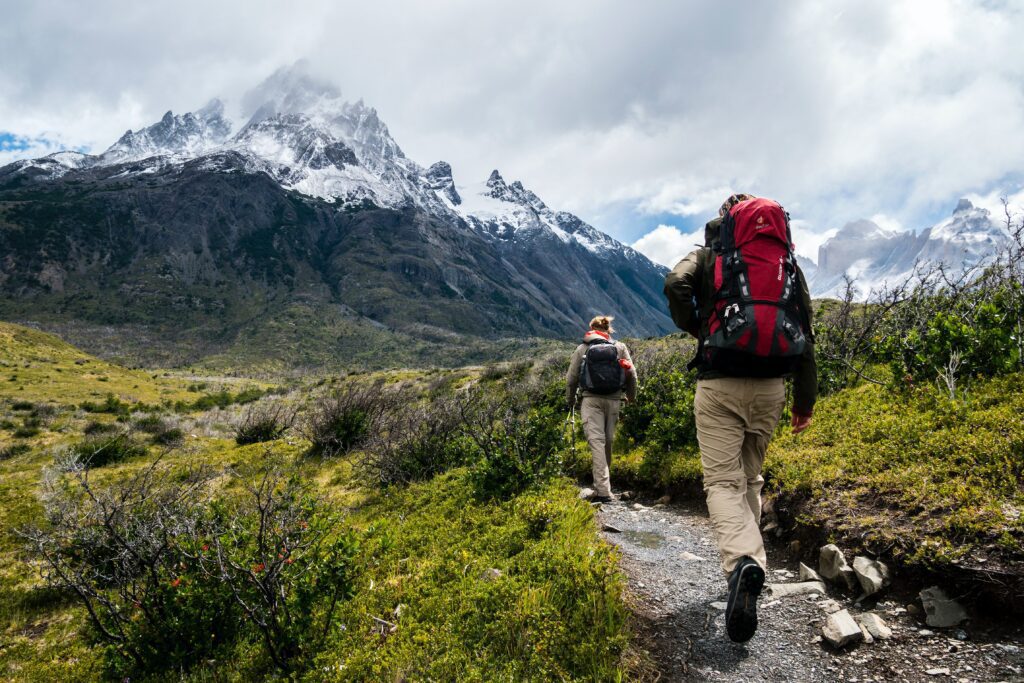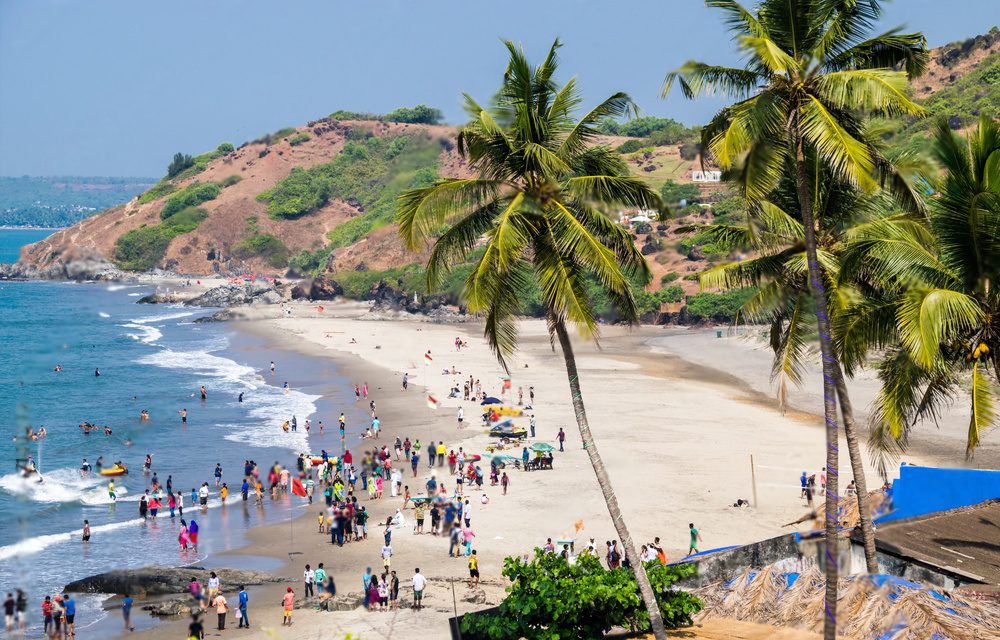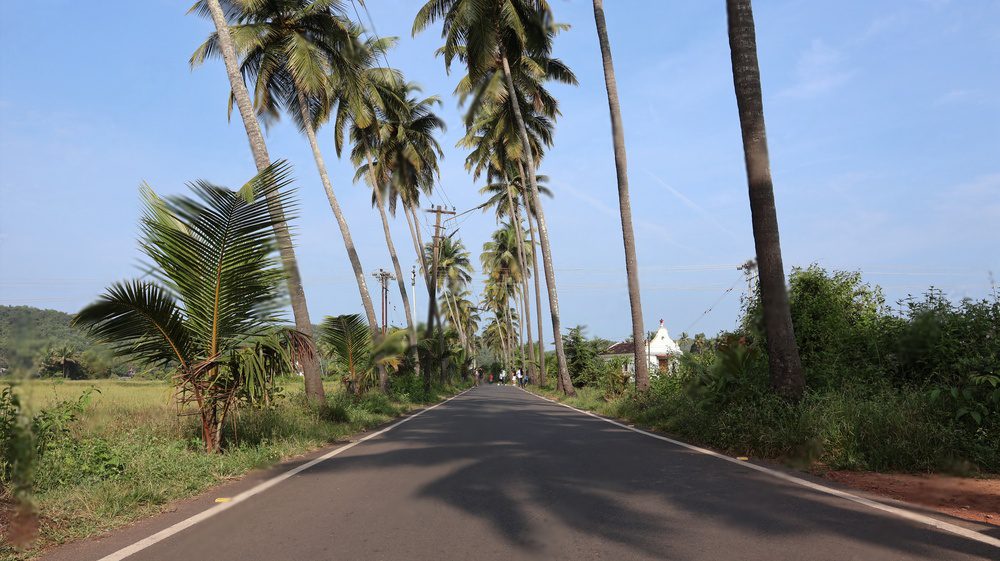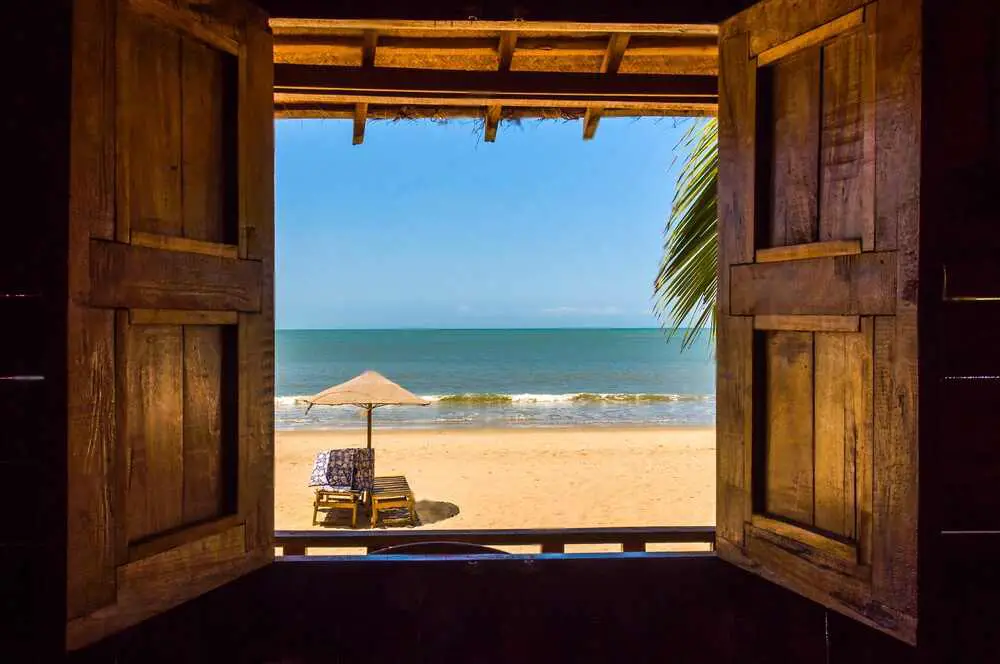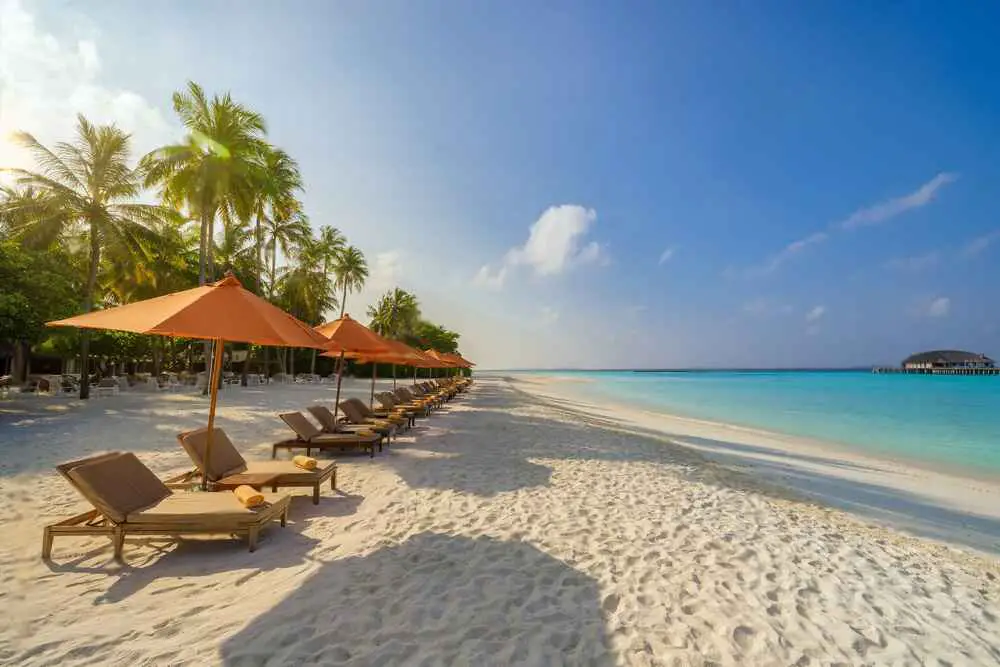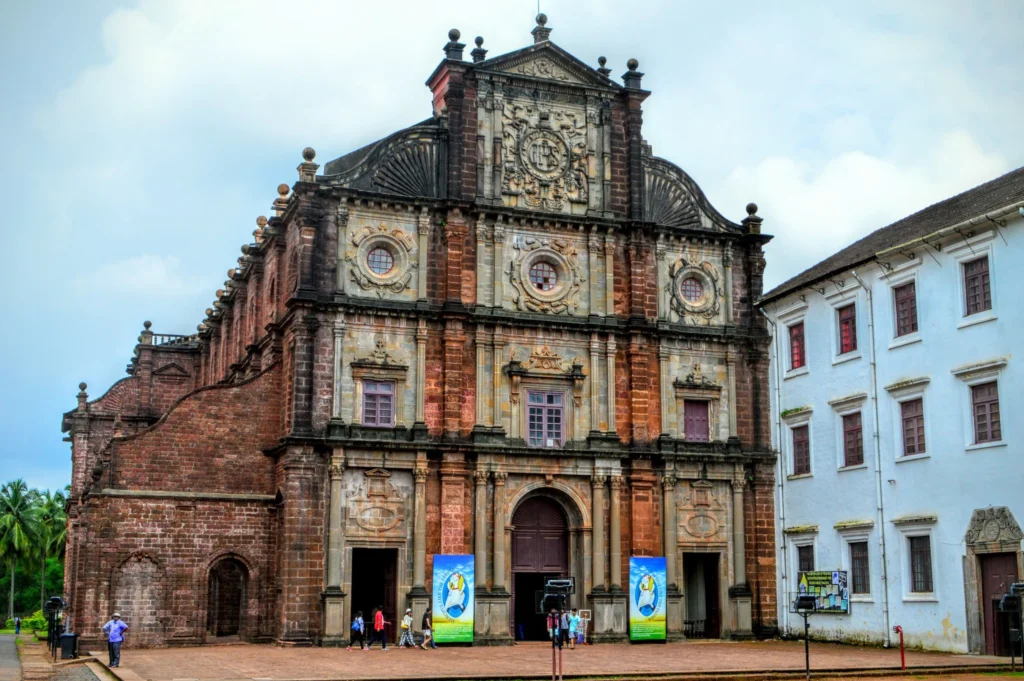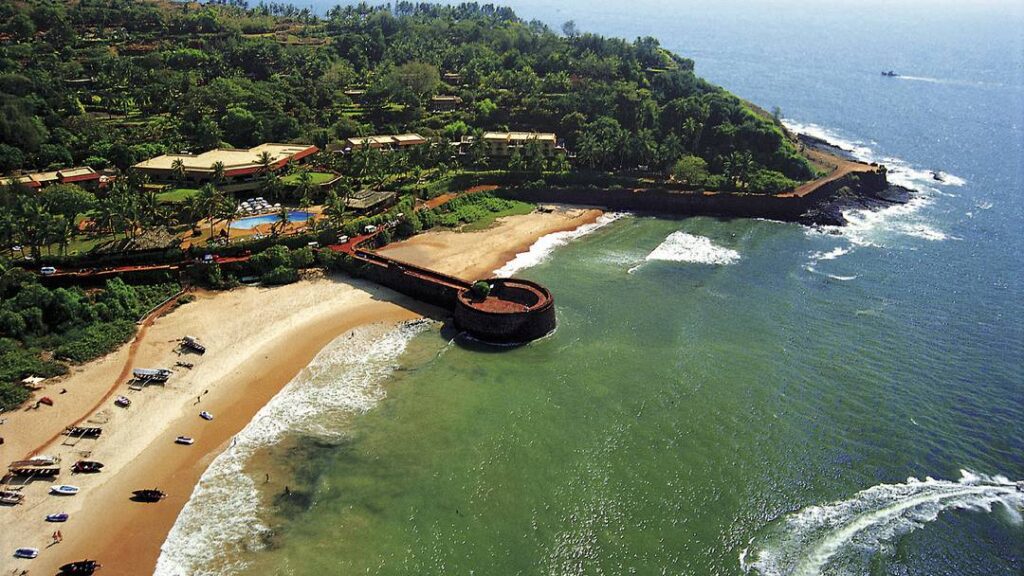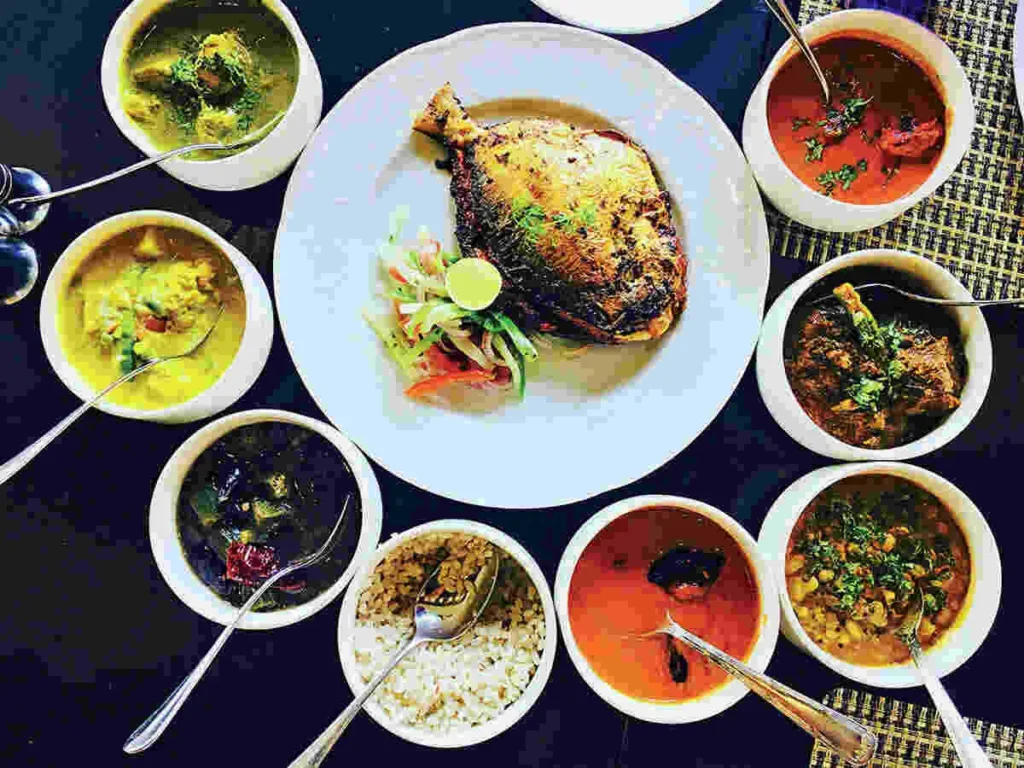Introduction to Markha Valley:
Imagine an Untouched landscape where bare mountains get acquired by blue skies and centuries-old monasteries peep over Himalayan glory. It is not a dream but the Markha Valley in Ladakh for an adventure conqueror. Irrespective of whether you are a veteran trekker or a passionate nature lover, the Markha Valley will take you on an unforgettable voyage through magnificent terrains and rich cultural relics.
About Markha Valley Trek:
- The starting point: Spituk Village.
- The trekking path: A 7-9 days trek through rural villages and arid high-altitude terrains.
- Unique cultural encounters: Traditional Ladakhi villages, ancient monasteries, and warm hospitality.
Beyond the Peaks:
- Flora and fauna: Determine the tough vegetation and see animals such as snow leopards and Himalayan blue sheep.
- Mesmerizing landmarks: See the spectacular Hemis Monastery, a monastery that sits high on a hill and offers an insight into Ladakh culture.
Unforgettable Memories:
The trek to the Markha Valley in Ladakh does not only provide a physical journey through breathtaking sceneries, it weaves memories that remain forever etched onto the heart. As you walk through the challenging terrain and ancient monasteries, each step becomes a brushstroke while every moment is creating an orchestrated masterpiece on your life’s parchment.
Cosmic Nights under Ladakhi Skies:
Experience the enchanting beauty of Ladakh’s night sky, where stars twinkle within reach and the Milky Way flows above, leaving an everlasting impression on your soul. It’s not just stargazing, but a profound connection with the universe itself.
Monastic Whispers and Cultural Encounters:
Immerse yourself in the ancient hymns and tales of Hemis monastery, perched atop a hill, while exploring the vibrant Ladakhi culture through interactions with locals in the hinterland villages. Each encounter adds a vibrant layer to the captivating storyline of this region.
River Crossings and High-Altitude Meadows:
Traverse the transparent waters of Markha River, your faithful companion on this journey, and marvel at the high-altitude meadows adorned with a kaleidoscope of wildflowers. The challenging landscape becomes a symbol of triumph over adversity, empowering you along the way.
Faces of the Himalayas:
Embark on a trekking journey where you will encounter the elusive snow leopard and graceful Himalayan blue sheep, turning these wildlife experiences into captivating chapters of your adventure. These encounters with the resilient creatures of this breathtaking place create an unbreakable connection to the natural world.
Transformation Amidst Solitude:
Find transformation in the solitude of the desert, where the whispers of the wind and the crunch of your footsteps lead to introspection. The struggles you face become stepping stones to personal growth and accomplishment, as you witness the power of survival in these barren landscapes.
Photographic Poetry:
Capture the essence of your trekking journey through the lens of your camera, as each photograph becomes a poetic expression of the landscapes and emotions imprinted in time. From laughter atop mountains to the unspoken communication with nature, every click tells a story of its own.
Budget Guide:
Permits and Transportation:
Permits: INR 600 (USD 8) for Indian nationals, INR 1600 (USD 22) for foreigners.
Transportation (Flight to Leh and Taxi to Spituk Village): INR 2000-3000 (USD 27-40).
Accommodation:
Camping (budget-friendly): INR 200-500 (USD 3-7) per night.
Guesthouses and Homestays: INR 1000-1500 (USD 14-22) per night (standard), INR 500-800 (USD 7-11) per night (basic).
Food:
Local Dhabas: INR 150-200 (USD 2-3) per person per meal.
Carrying your own food: Budget-friendly option.
Other Expenses:
Porter: INR 500-1000 (USD 7-14) per day.
Guide: INR 1000-1500 (USD 14-22) per day (optional but helpful).
Total Cost:
Budget option: INR 5000-7000 (USD 70-100) (camping, local food, no guide/porter).
Mid-range option: INR 8000-10000 (USD 115-140) (guesthouses, local food, with guide/porter).
Deluxe option: INR 15000+ (USD 200+) (comfortable accommodation, all meals included, with guide/porter).
Tips for Saving Money:
- Travel during the off-season (June or September) for lower prices and fewer crowds.
- Book transportation and accommodation in advance for better deals.
- Carry your own non-perishable food items.
- Consider skipping guide and porter if you’re comfortable carrying your own luggage and navigating the route.
- Be mindful of exchange rates, and actual expenses may vary based on personal choices.
Traveler’s Guide:
Best Season:
Ideal Timing: June to September.
Early Summer (June): Clear views and vibrant landscapes.
Late Summer (September): Lush greenery and fewer trekkers.
Getting There:
Arrival: Fly to Leh, the capital in Ladakh.
Acclimatization: Take a day or two in Leh to allow time for adjustment of altitude (3500 meters/11, 500 feet).
Transport to Spituk Village: Engage a taxi that will take you to Spituk Village, where the trek begins.
Accommodation:
Options: Homestays and guesthouses in Spituk or nearby villages.
Booking: It is advisable to book in advance, particularly during the high season for trekking.
What to Pack:
Essentials: The list includes hiking shoes, rain gear, layers of warm clothing but the most important are sunscreen sunglasses hat and a water bottle. Also there is torch or snacks in that doesn’t hurt first-aid kit either camera Can you help me to find it?
Recommended: Daypack, trekking poles, insect repellent a hand sanitizer flashlight toiletries personal medication ziplock bags for wet clothes camera chargers power bank.
Things to Do:
Explore Local Culture: In Spituk and neighbor villages, meet local people to find out how Ladakhi are hospitable.
Visit Hemis Monastery: Visit the Hemis Monastery, located on a hilltop and explore Ladakhi culture.
Relax by the Markha River: Find places of rest by the Markha River where one could momentarily be at peace with oneself.
Witness the Night Sky: With Ladakhi skies above to savour the starry view, camp beneath.
Trek Highlights:
Gateway to the Valley: Start your journey from Spituk Village, acclimatize and collect the necessary provisions.
Gorge on Nature’s Palette: The route should be so that you go through villages, river crossings and high altitude meadows.
Cultural Pit Stops: Travel through the ancient monasteries, meet people, and learn about life in Ladakh.
Practical Tips:
Altitude Awareness: Avoid altitude sickness due to the high terrain; acclimatize properly.
Permits: Get the required trek permits from Leh Wildlife Division.
Wildlife Spotting: Reduce the probability of missing wildlife along your trekking route by traveling during dawn and dusk.
Trekker’s Guide:
Pre-Trek:
- Acclimatize in Leh: Spend 2-3 days in Leh (11,500 ft) to avoid altitude sickness. Rest, drink water, and avoid strenuous activities.
- Choose a season: May-June (mild) or Sept-Oct (sunny & cold) are ideal; avoid monsoon (July-Aug).
- Book permits: Obtain Inner Line Permits & Hemis National Park permits in advance.
- Hire a guide/porter (optional): Enhances safety & navigates logistics.
- Pack wisely: Lightweight gear, warm layers, sturdy shoes, sunscreen, sunglasses, first-aid kit, trekking poles, water purification tablets.
Trek Itinerary:
- Day 1: Leh to Zingchen (3,600 m): Short drive, relax, explore village.
- Day 2: Zingchen to Yurtse (4,200 m): Gentle ascent through stunning gorges, camp by Markha River.
- Day 3: Yurtse to Shingo via Ganda La (4,900 m): Cross highest pass, breathtaking views, descend to Shingo village.
- Day 4: Shingo to Skiu (3,800 m): Follow Markha River, visit Skiu gompa, stay in homestays.
- Day 5: Skiu to Markha (3,700 m): Easy walk, explore Markha village, soak in hot springs (optional).
- Day 6: Markha to Hankar (4,100 m): Climb up Umlung La, panoramic views, camp near Hankar village.
- Day 7: Hankar to Nimaling (4,700 m): Steepest climb, cross Kongmaru La (5,150 m), camp in high-altitude desert.
- Day 8: Nimaling to Spituk via Chusthul (3,300 m): Descent through dramatic landscapes, cross Spituk Bridge, return to Leh.
Trekking Tips:
- Hydrate generously: Drink plenty of water to prevent dehydration and altitude sickness.
- Pace yourself: Take breaks, listen to your body, avoid overexertion.
- Respect the environment: Leave no trace, minimize campfires, pack out all your waste.
- Dress in layers: Be prepared for sudden weather changes.
- Enjoy the journey: Embrace the challenge, connect with nature, and soak in the Ladakhi culture.
Encounter Ladakhi Wildlife:
- Wildlife Wonders: So pay sharp attention to the shy inhabitants of Ladakh such as snow leopard, Himalayan blue sheep and numerous bird varieties.
- Dawn and Dusk: Make the chances of seeing wildlife greater during those peaceful times, at dawn and dusk.
Gear Up for the Adventure:
- Essentials: Sturdy trekking shoes, rain gear, warm layers, sunscreen, sunglasses, hat, backpack, water bottle, torch, snacks, and a first-aid kit.
- Optional Gear: Gaiters, compass and map, emergency whistle or signaling mirror personal locator beacon (PLB) plus a backpack repair kit of your choice for items like clothing etc..
- Pack Light: Most of the journey will be self-carried, so only pack what is necessary.
Permits and Regulations:
- Mandatory Permits: Apply for trekking permits from the Leh Wildlife Division.
- Follow Regulations: Remain on marked trails to preserve the sensitive environment. Ensure proper disposal of waste, and abide by the local norms.
- Seasonal Considerations:
- Best Time to Trek: June to September.
- Blooming Seasons: Research specific flowering periods for vibrant flora; for instance, rhododendrons peak in June, while August brings a burst of wildflowers.
Share Your Xploration!
Xplro invites you to share your Markha Valley experiences, tips, and stories. Your insights will contribute to the adventure of fellow trekkers, making their Markha Valley journey as memorable as yours. Happy trekking!
